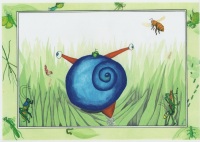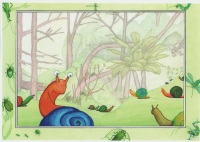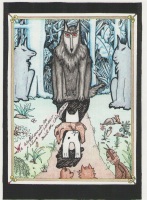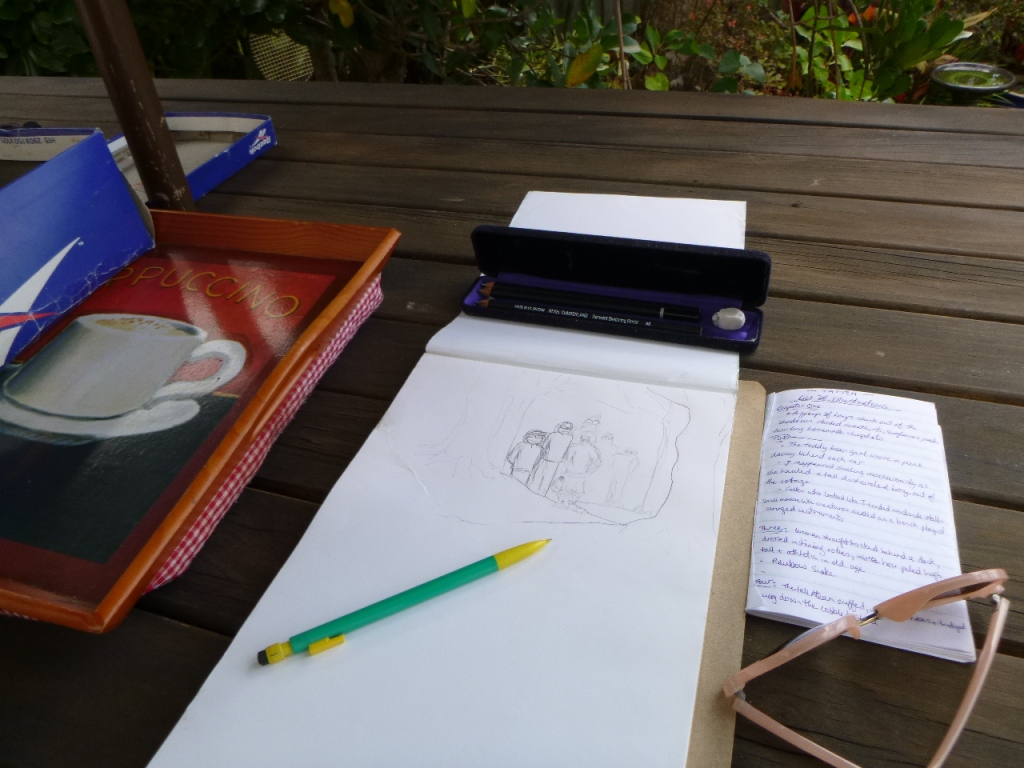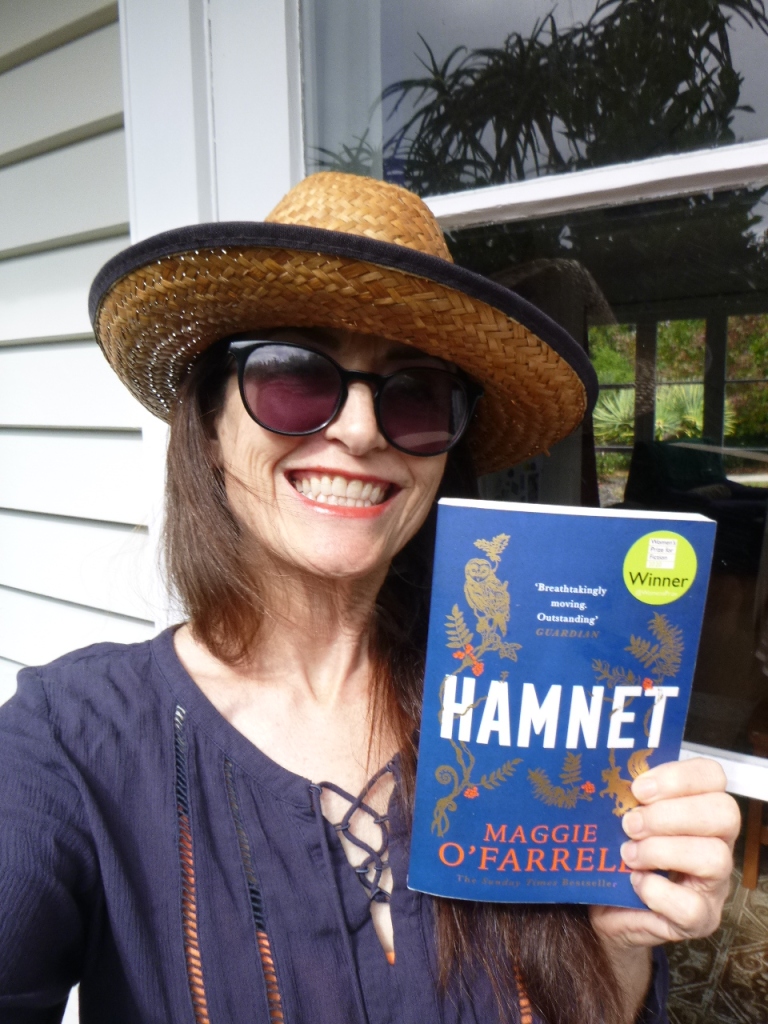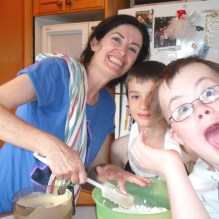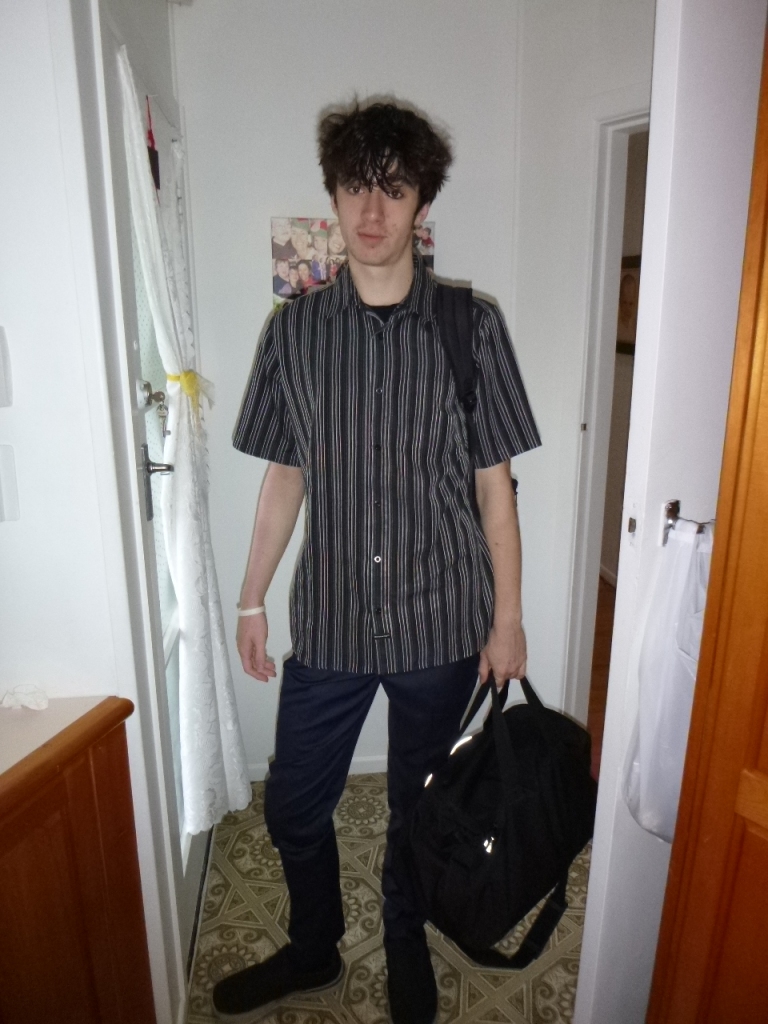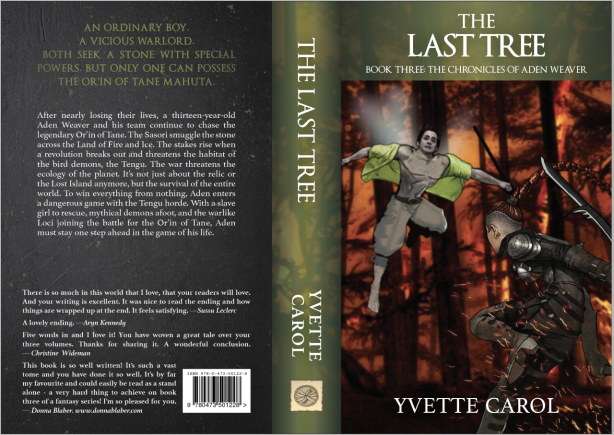I have finished reading my seventh novel for 2024, Sanctuary, by Kate de Goldi. Whenever I am browsing through secondhand bookshops, which is quite often, there are certain authors I will always buy. I returned to my favourite haunt The Hard to Find Bookstore and chanced upon this slim volume by my favourite Kiwi author. Sanctuary is Kate’s first full-length novel. I thought, what a find! With no idea what the book was about I started reading it, most curious to see what would transpire.
Straight away I loved the South Island setting. Sanctuary is firmly within the heart of Kate’s fictional empire – Christchurch – her homeland, the land she knows best and writes about often. I remember her telling us once in class, “Sometimes I try to set my stories elsewhere but even when I do it’s still the scenery and terrain of Christchurch” (where she grew up).
There is the immediate introduction of the endearing awkward and hurting character I am coming to recognize from Kate’s other books. In this case, it is Catriona Stuart a young woman who has been through something terrible and is trying to recover. The fresh take is that it’s about what happened while at the same time, the story is being told by Catriona herself to her therapist, Miriam. The tragedy at the heart of the book has already unfolded and brought this girl to arrest by the police and through her talking to a trained therapist about it, the picture of the tragedy slowly and painfully unfolds.
It was like driving past a serious car accident when you slow down and don’t want to stare but you do anyway and can’t tear your eyes away. That’s how I felt about this story. I couldn’t stop reading and needed to know what was next. Short. Punching above its weight. For a first novel, I thought it must have impressed readers – and impress it did – by winning the NZ Post Book Awards in 1997. It was clever to bring in the conversations between Catriona and Miriam during their counselling sessions. It gave the book a winning flavour of sober contemplation and deep thought, highlighting the intrinsic value of deep conversation with another human being. The characters were alive in my mind’s eye, especially the old couple running the Sanctuary, the Salters, with all their quaint interactions over time-honored traditions of feeding folks, making tea, and the sort of minutiae I would expect from Kate laid on, bringing the scenes vividly to life.
I read with interest every day until it was finished. A great read, with extra brownie points given for the inexorable build-up to a truly startling, earth-shattering climax. It’s one of the books you talk to fellow book lovers about. I wanted to pick it apart to see how she had done it!
There are many times I’ve had the pleasure to see Kate de Goldi speak at public events. As the keynote speaker for the Spinning Gold Children’s Literature Conference in 2009, Kate referred to the directive by Thoreau, ‘Know your bone’. She said, “Circle your preoccupations and recurring motifs, bury your bone, dig it up, sniff it. The great writers always have their story, their palette, driven by something they find interesting that they can’t explain. The best stories arise out of the writer’s need to explore their drive. Your fascination, your idiosyncratic fascination, is why you were made and set here.” Kate has her signature palette, familiar scenery, and crazy characters – she knows her bone! – yet in every story, she still has the power to surprise me. A great find, indeed.
Kate De Goldi is a writer, reviewer, and tutor who grew up in Christchurch and now lives in Wellington. Her first book, Like You, Really was published under the nom de plume Kate Flannery. She has won the American Express and Katherine Mansfield Awards for her short stories and numerous literary awards for her other novels. In 2001, Kate was made an Arts Foundation Laureate.
My rating is four stars
Talk to you later.
Keep reading!
Yvette Carol
*
If it hasn’t been written yet, it’s up to you to write it. ~ Kate de Goldi
*
Subscribe to my newsletter by emailing me with “Newsletter Subscription” in the subject line




